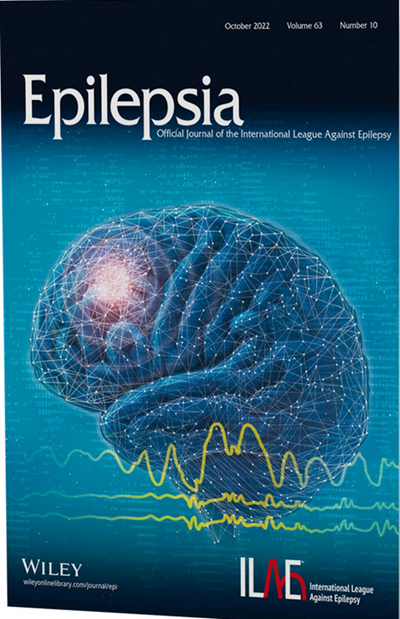Automatic responsiveness testing in epilepsy with wearable technology: The ARTiE Watch
Abstract
Objective
An accurate evaluation of behavioral responsiveness during and after seizures in people with epilepsy is critical for diagnosis and management. Current methods for assessing behavioral responsiveness are characterized by substantial variation, subjectivity, and limited reliability and reproducibility in ambulatory and epilepsy monitoring unit settings. In this study, we aimed to develop and implement a novel mobile platform for deployment of automated responsiveness testing in epilepsy—the ARTiE Watch—to facilitate standardized, objective assessments of behavioral responsiveness during and after seizures.
Methods
We prospectively recruited patients admitted to the epilepsy monitoring units for diagnostic evaluation and long-term video-electroencephalographic monitoring at Mayo Clinic and Yale New Haven Hospital. Participants wore the ARTiE Watch, a smartwatch paired with custom smartphone software integrated with cloud infrastructure allowing for remote activation of standardized assessment on the participants' smartwatches. The assessment consisted of 18 command prompts that test behavioral responsiveness across motor, language, and memory domains. Upon visually identifying an electrographic seizure during EMU monitoring, the BrainRISE platform was used to deploy the ARTiE Watch behavioral testing sequence. Responsiveness scoring was conducted on smartwatch files.
Results
Eighteen of 56 participants had a total of 39 electrographic seizures assessed with the ARTiE Watch. The 18 subjects with ARTiE Watch-tested seizures had a total of 67 baseline (interictal) ARTiE Watch tests collected for analysis. The analysis showed distinct ARTiE Watch behavioral responsiveness phenotypes: (1) decreased responsiveness across all ARTiE Watch commands during seizure (ictal–postictal) periods compared (to baseline (p < .0001), (2) decreased responsiveness in bilateral tonic–clonic seizures compared to baseline (p < .0001) and compared to focal seizures (p < .0001), and (3) decreased responsiveness during focal impaired awareness seizures compared to baseline (p < .0001) and compared to focal aware seizures (p < .001).
Significance
ARTiE Watch behavioral testing deployed utilizing a mobile cloud-based platform is feasible and can provide standardized, objective behavioral responsiveness assessments during seizures.

 求助内容:
求助内容: 应助结果提醒方式:
应助结果提醒方式:


